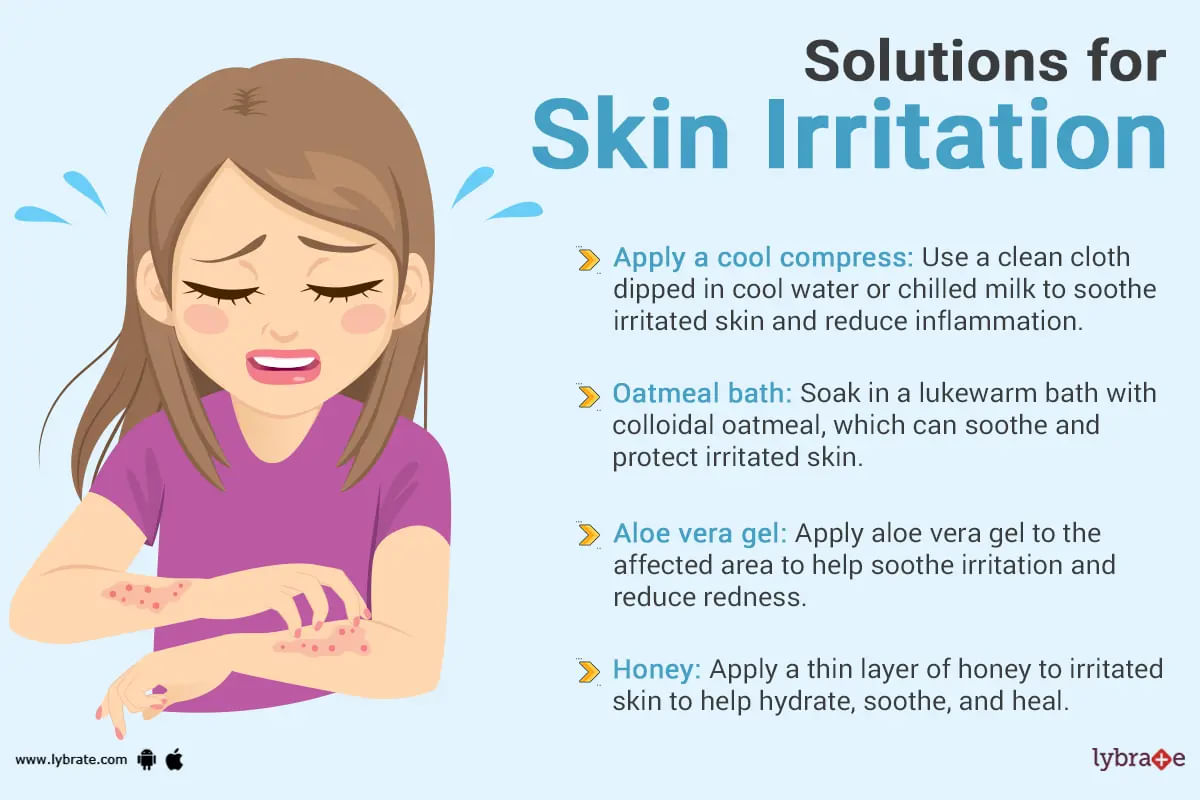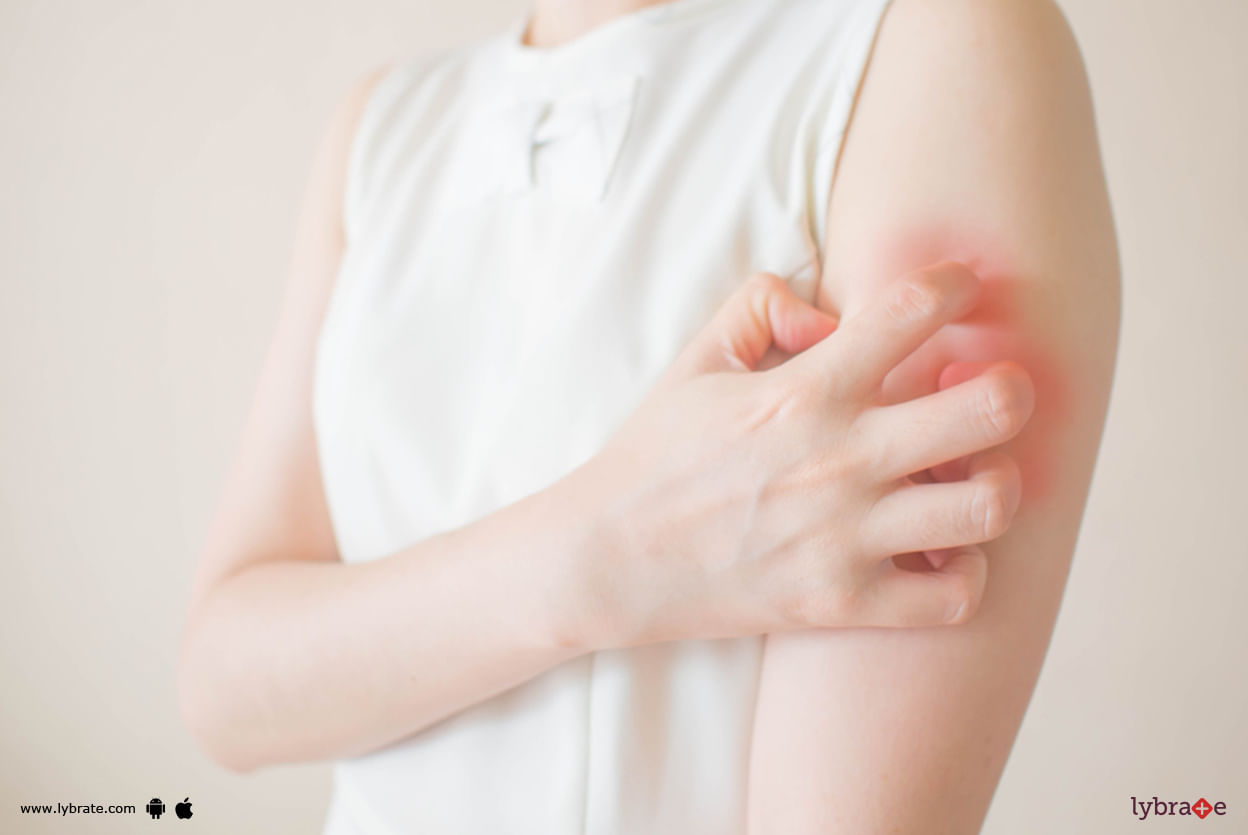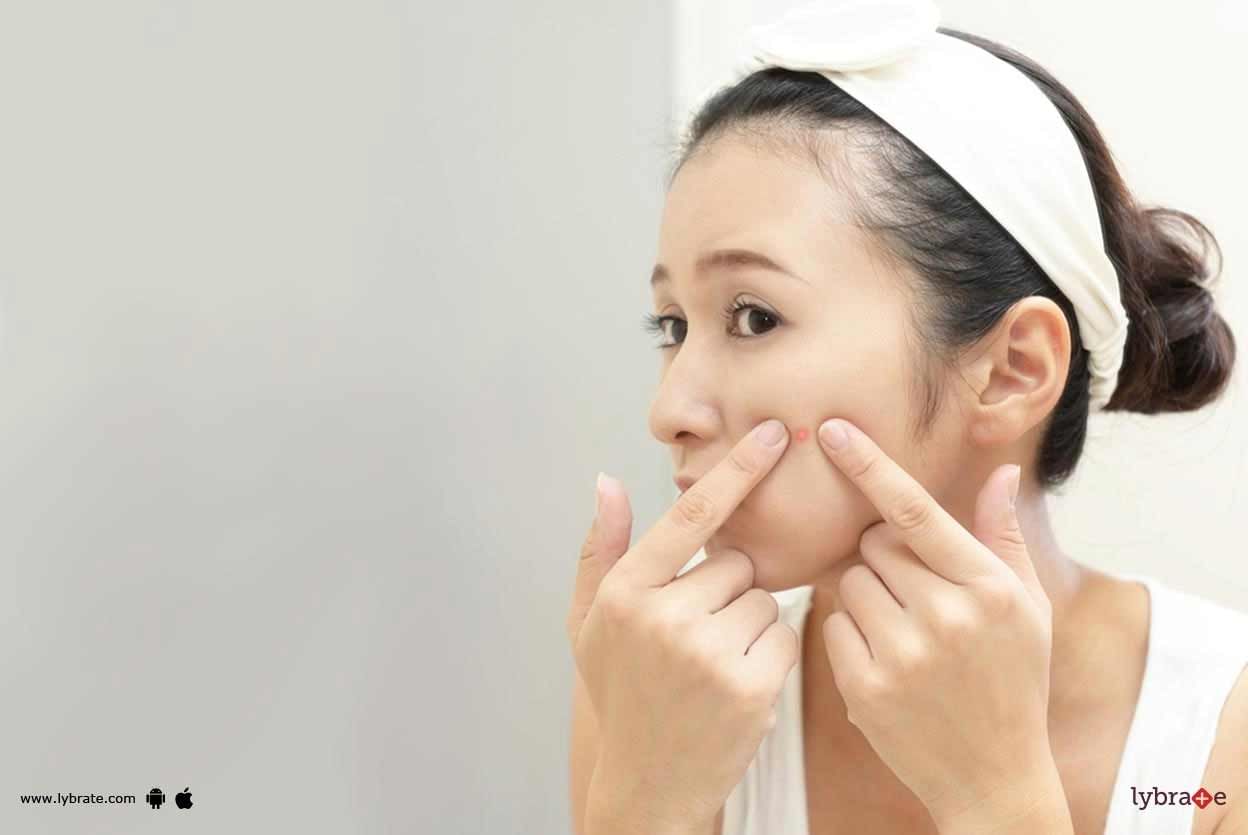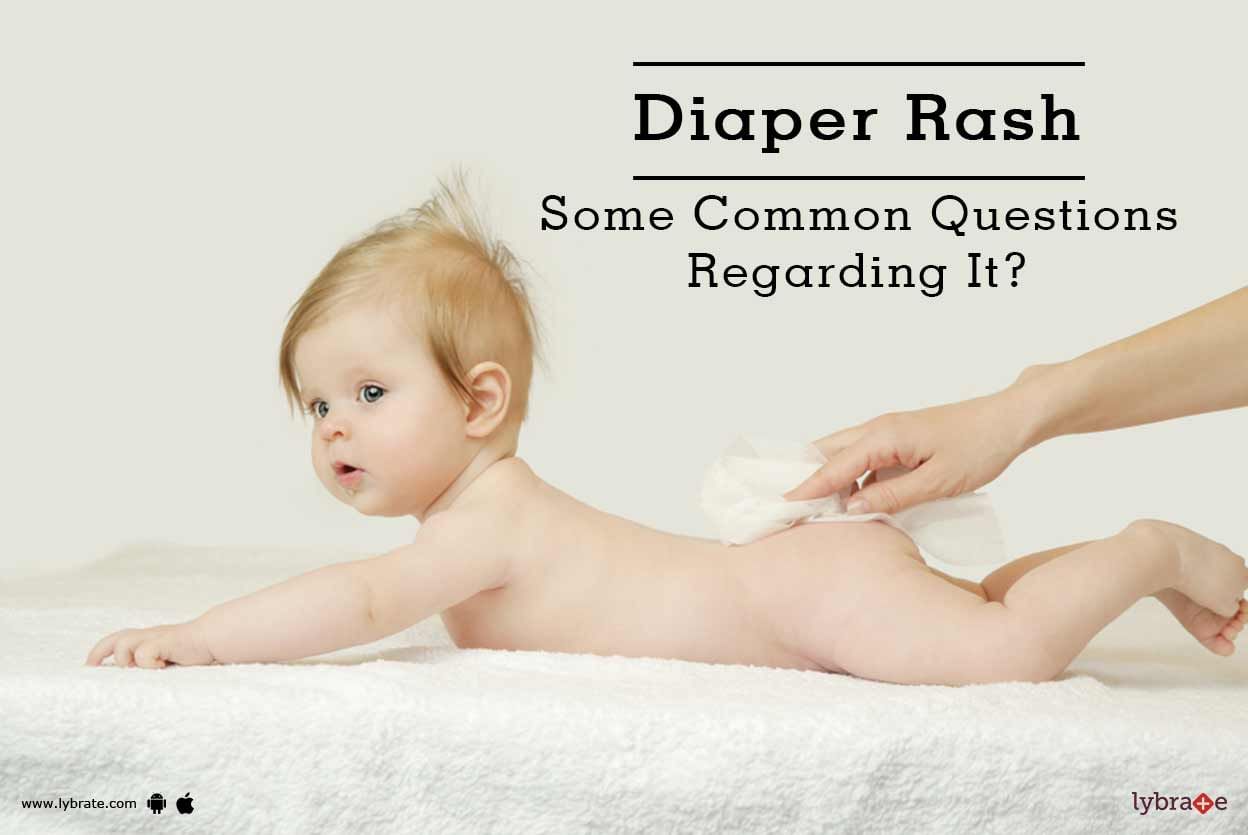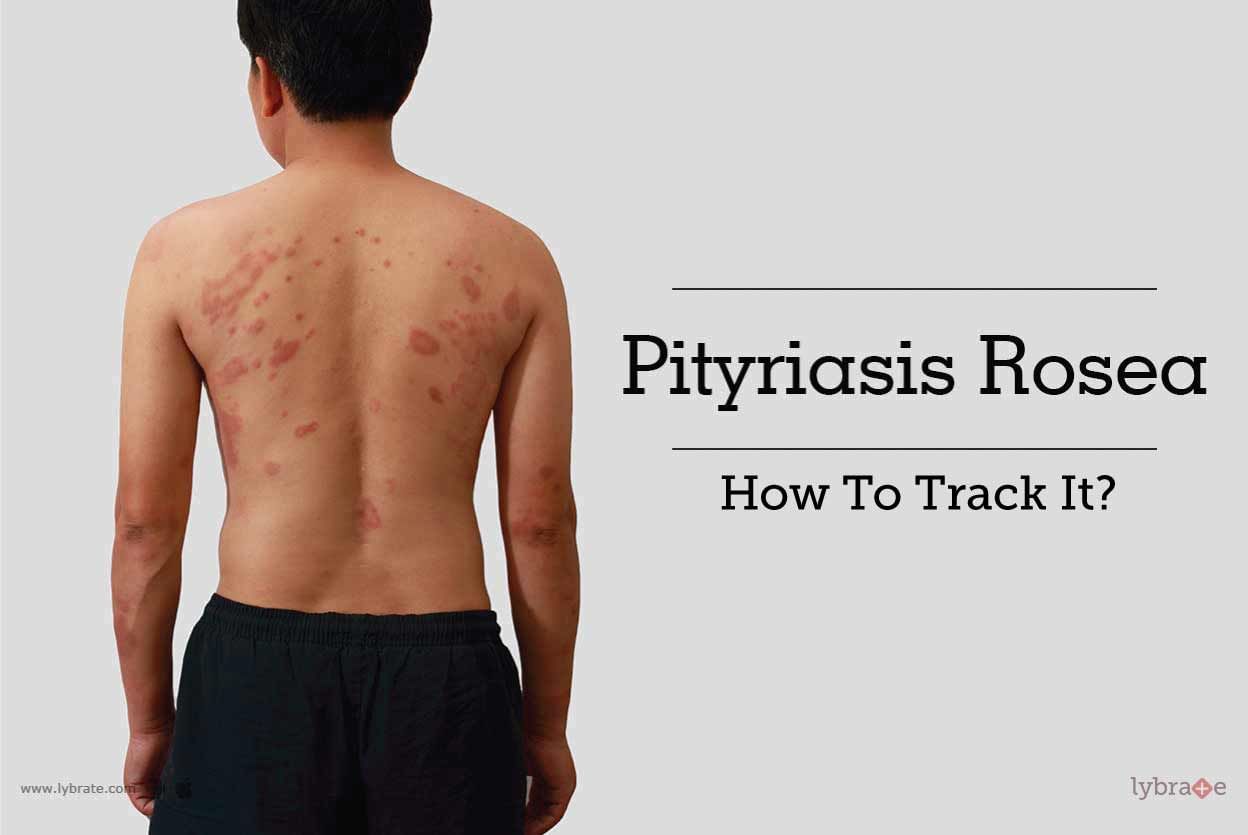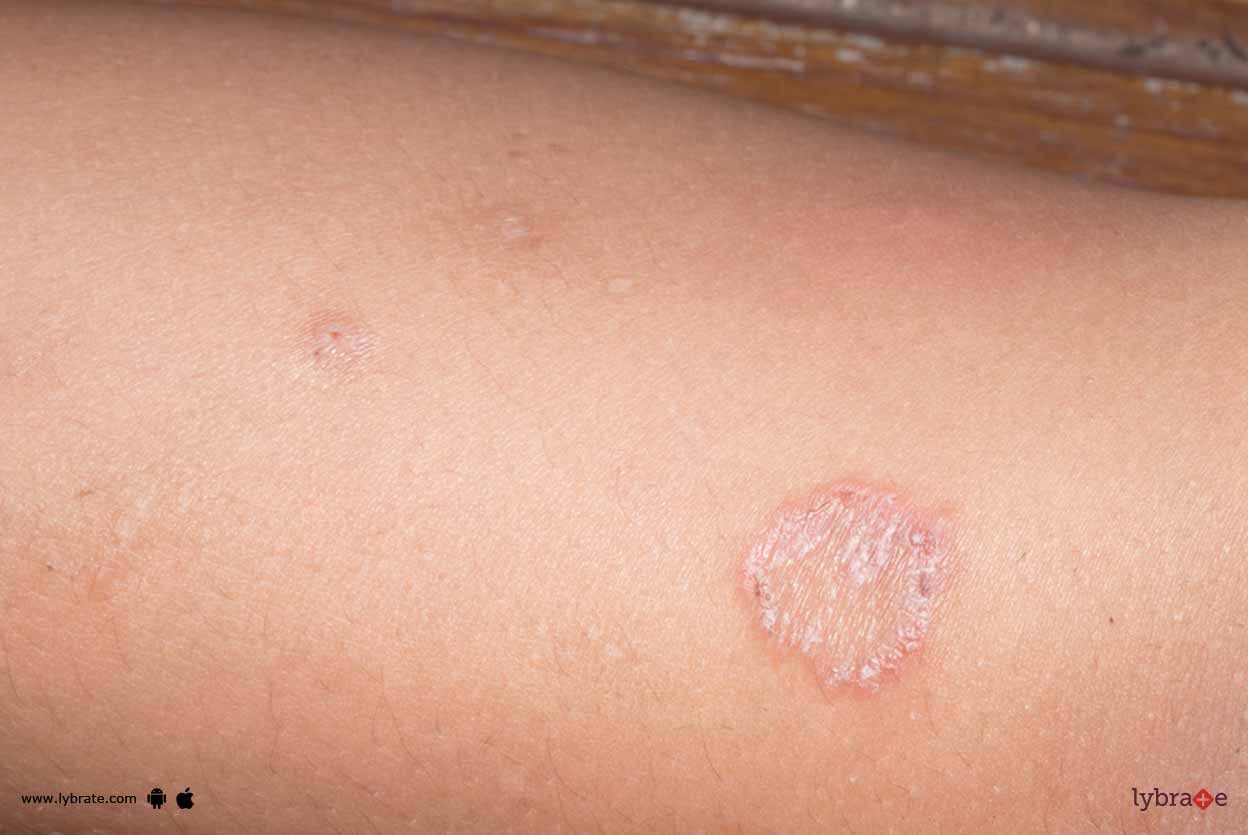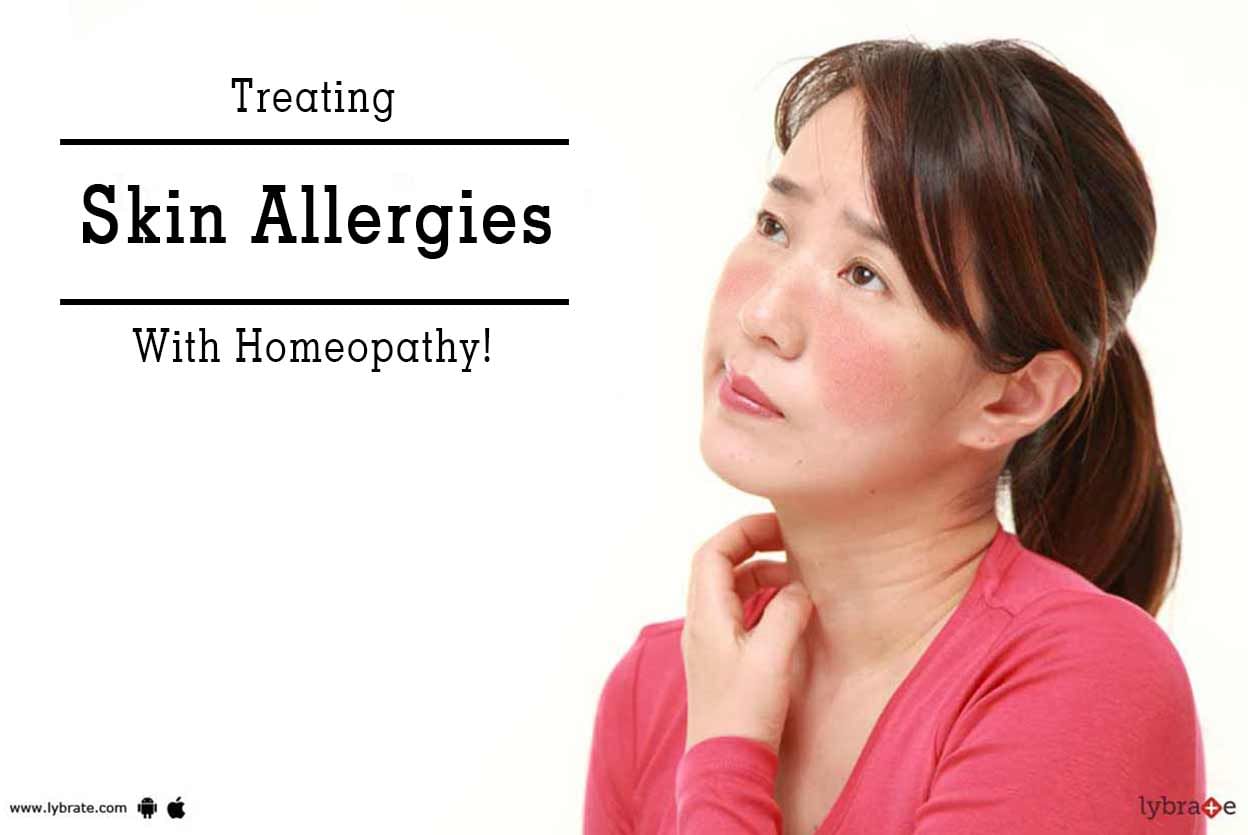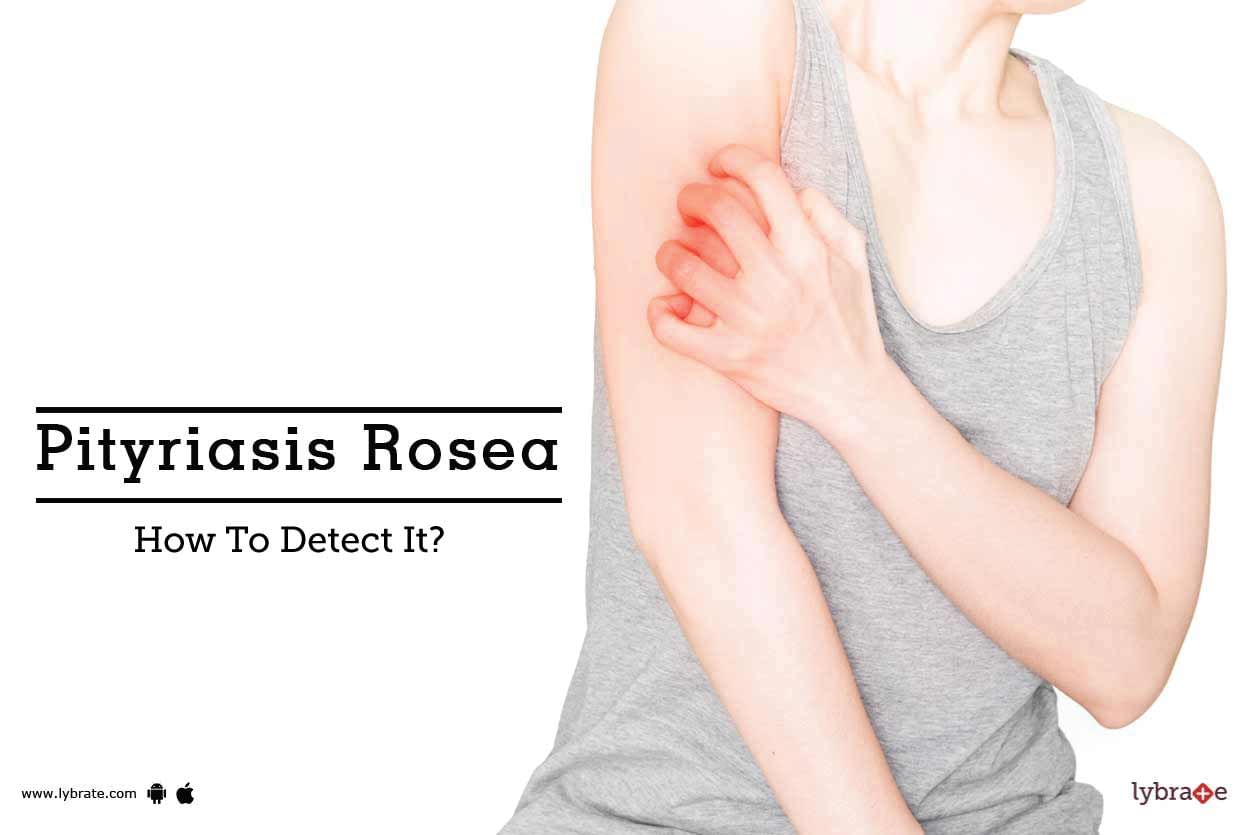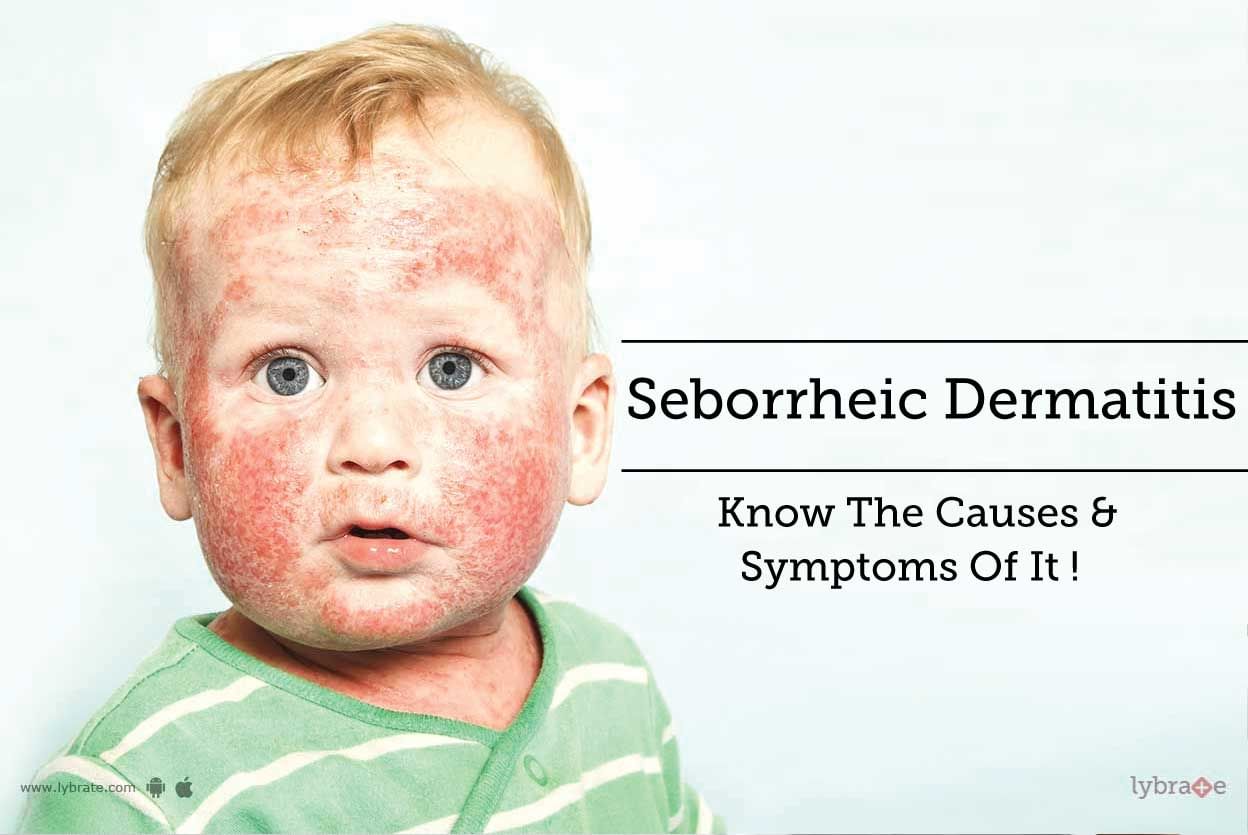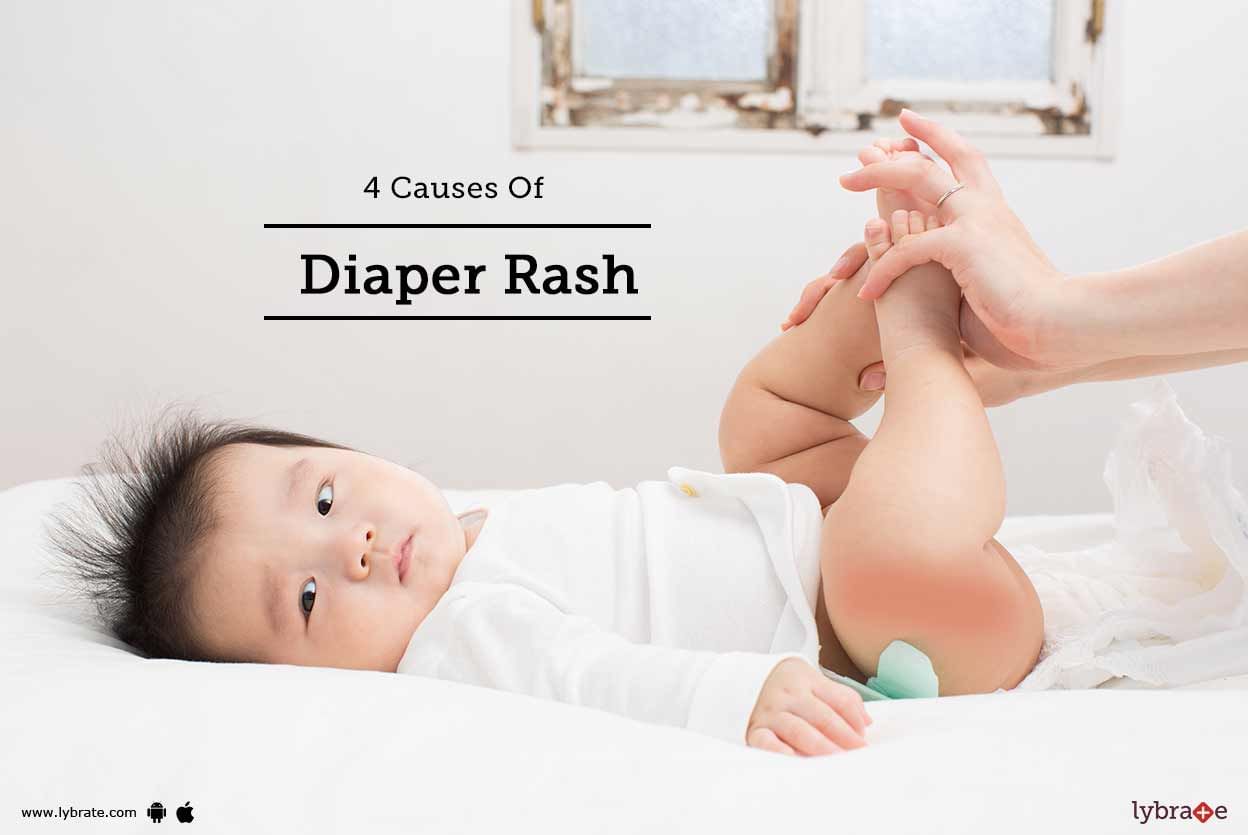Get the App
For Doctors
Login/Sign-up
Health Feed
Find Doctors
Health Packages
AllQ&AsTipsQuizzes
Rashes Tips
Last Updated: 3 years ago• Featured Tip
Share
Bookmark
Report
Skin irritation is a common problem faced by many in day to day life in the form of rashes, skin infections, itching etc. There are many irritants present in the environment which may cause these problems. Some of these irritants are pollen grains, waste products of animals, moulds etc. It is most commonly observed in the spring and summer season because of excessive sweating. Excessive sweating can trigger the symptoms of the allergic reactions. Some other products which may...more
Last Updated: 5 years ago• Featured Tip
Share
Bookmark
Report
Skin rashes can be of many kinds. These may be due to various improper body system. Thankfully, homeopathy has many solutions for the plethora of causative factors for skin rashes. These remedies aim at treating the underlying cause of the affecting ailment. Any skin change that affects the look, colour or texture can be termed as a rash. Rashes might or might not have any accompanying pain. They may be spread all over the body or may affect any one part and be localised. It might affect the bod...more
Last Updated: 5 years ago• Featured Tip
Share
Bookmark
Report
The months of July and August comprise of the monsoon season. As per Ayurveda, this is the ideal opportunity for Pitta and Vata aggravation. All the warmth that gathers in the body in the summer is aggravated during the monsoon season. There are various skin diseases predominant in the rainy season. A basic learning of Ayurveda can help us anticipate and even treat difficult skin issues. According to Ayurveda, the skin has six layers, found externally as well as stretching out to the more profou...more
Last Updated: 5 years ago• Featured Tip
Share
Bookmark
Report
Here are a few questions which every new mother wants to know when they have a diaper rash:
1)Should the baby's diet be changed during a diaper rash?
Certain food items such as fruit juices can lead to diarrhea in babies. This can lead to a diaper rash. When new food is introduced or antibiotics are given then that might also affect the digestion.
2)Are teething and diaper rash related?
As per dermatologists, the two have nothing in common though they might oc...more
1)Should the baby's diet be changed during a diaper rash?
Certain food items such as fruit juices can lead to diarrhea in babies. This can lead to a diaper rash. When new food is introduced or antibiotics are given then that might also affect the digestion.
2)Are teething and diaper rash related?
As per dermatologists, the two have nothing in common though they might oc...more
Last Updated: 6 years ago• Featured Tip
Share
Bookmark
Report
Pityriasis rosea is a rash that appears on your skin most commonly between the ages of 10 and 35. It is usually harmless and a pretty common condition. It is also worth noting that pityriasis rosea does not spread from person to person.
Causes
The exact causes of pityriasis rosea have not been identified yet. Some doctors claim that it is caused by a virus, bacteria or fungus while others claim that it is caused by an allergic reaction.
Symptoms
There is a fa...more
Causes
The exact causes of pityriasis rosea have not been identified yet. Some doctors claim that it is caused by a virus, bacteria or fungus while others claim that it is caused by an allergic reaction.
Symptoms
There is a fa...more
Last Updated: 6 years ago• Featured Tip
Share
Bookmark
Report
Diploma In Gastroenterology, Diploma In ...read more
Homeopathy Doctor•Hyderabad
What is Lichen Planus?
Lichen planus is a skin rash triggered by the immune system. It s not known why the immune response occurs. There may be several contributing factors, and each case is different. Potential causes include:
-viral infections
-allergens
-stress
-genetics
Sometimes lichen planus occurs along with autoimmune disorders. While it may be uncomfortable, in most cases lichen planus is not a serious condition. It s also not contagious.
Howev...more
Lichen planus is a skin rash triggered by the immune system. It s not known why the immune response occurs. There may be several contributing factors, and each case is different. Potential causes include:
-viral infections
-allergens
-stress
-genetics
Sometimes lichen planus occurs along with autoimmune disorders. While it may be uncomfortable, in most cases lichen planus is not a serious condition. It s also not contagious.
Howev...more
Last Updated: 6 years ago• Featured Tip
Share
Bookmark
Report
The skin is the largest organ in the human body, which measures about 2 square metres approximately 22 square feet. Skin is not just the longest organ alone in our body, but also has numerous amazing roles which most of us don t realise actually. It not only protects our body from chemical, harmful radiations and sun. It also acts as a major storage area of energy, synthesizes vitamin D and the best indicator of any disorder in your digestive and immune system. But most of us don t identify the ...more
Last Updated: 6 years ago• Featured Tip
Share
Bookmark
Report
Pityriasis rosea is a rash that appears on your skin most commonly between the ages of 10 and 35. It is usually harmless and a pretty common condition. It is also worth noting that pityriasis rosea does not spread from person to person.
Causes
The exact causes of pityriasis rosea have not been identified yet. Some doctors claim that it is caused by a virus, bacteria or fungus while others claim that it is caused by an allergic reaction.
Symptoms
There is a fa...more
Causes
The exact causes of pityriasis rosea have not been identified yet. Some doctors claim that it is caused by a virus, bacteria or fungus while others claim that it is caused by an allergic reaction.
Symptoms
There is a fa...more
Last Updated: 6 years ago• Featured Tip
Share
Bookmark
Report
Seborrheic dermatitis refers to a kind of chronic skin rash affecting the scalp or face of a person. It has symptoms similar to that of eczema. Excess oil and greasiness could lead to this condition. This is a commonly noticed condition among children and adults. Seborrheic dermatitis is characterized by red patches, persistent dandruff, and flaking skin. This kind of skin disorder needs immediate treatment as neglecting the upsetting signs can turn out to be fatal; you may face a neurological b...more
Last Updated: 6 years ago• Featured Tip
Share
Bookmark
Report
Your baby's skin is soft and sensitive. Being cautious can reduce the chances of skin infections, but it doesn't in any way refute the possibility altogether. Hence, you must be overly careful. Your baby could face intense discomfort if you happen to neglect the appearance of diaper rashes. Persistent rashes on your baby's bottom can make him or her irritable. Look into the causes and remedies of diaper rash in children to keep your baby cheerful.
Causes of Diaper Rash in Babies:
more
Causes of Diaper Rash in Babies:
Book appointment with top doctors for Rashes treatment
View fees, clinic timings and reviews
Ask a free question
Get FREE multiple opinions from Doctors
posted anonymously


